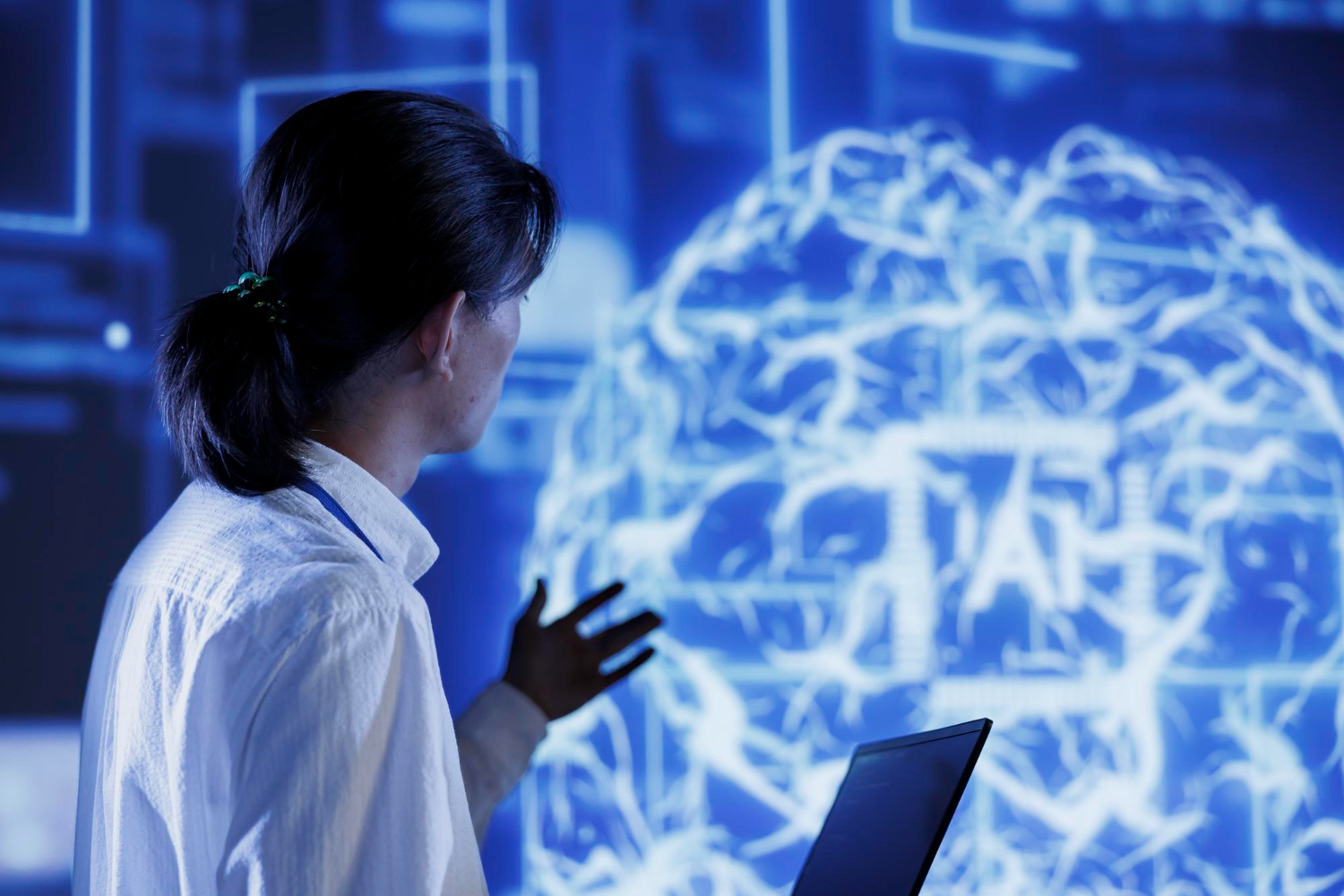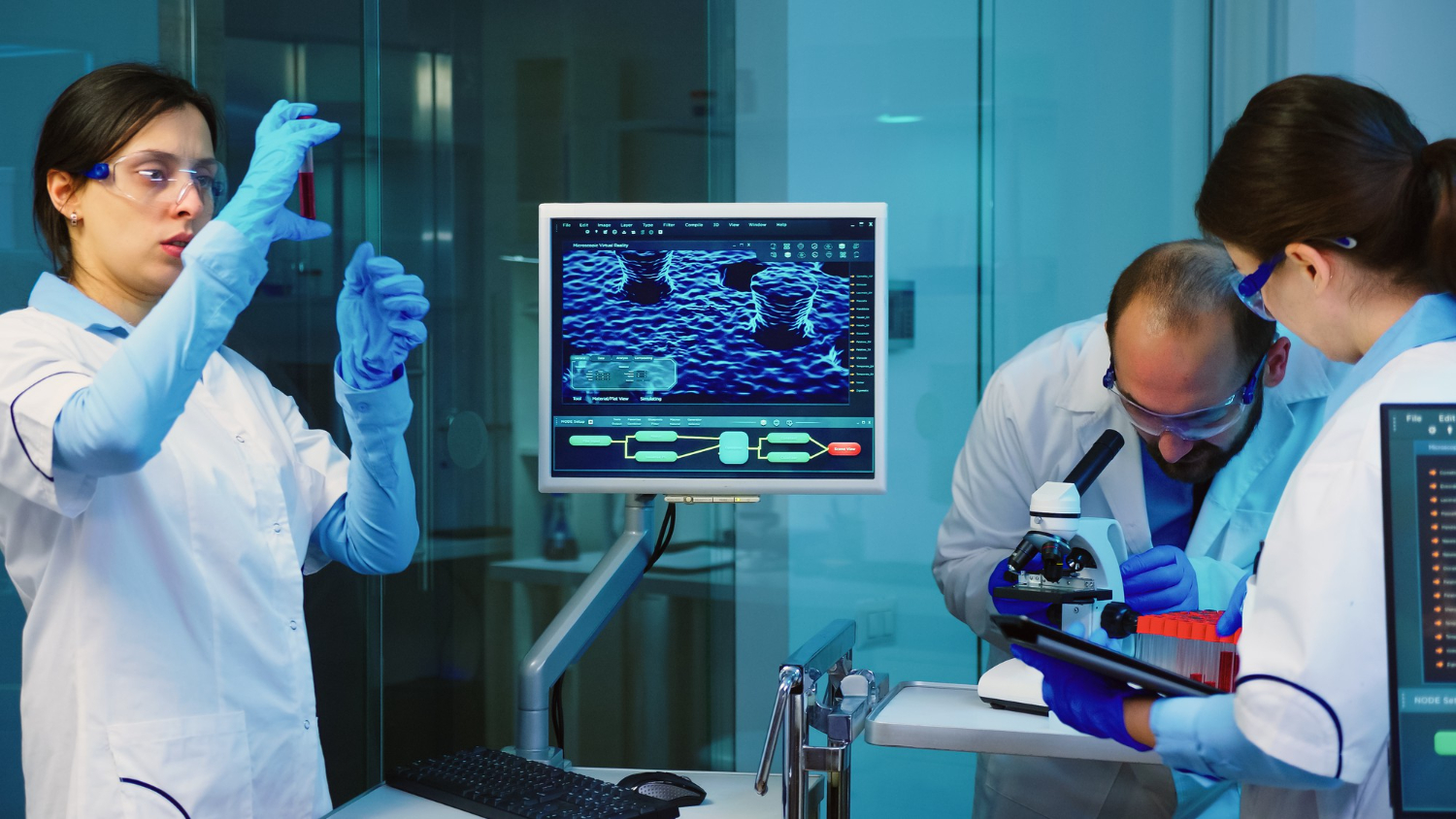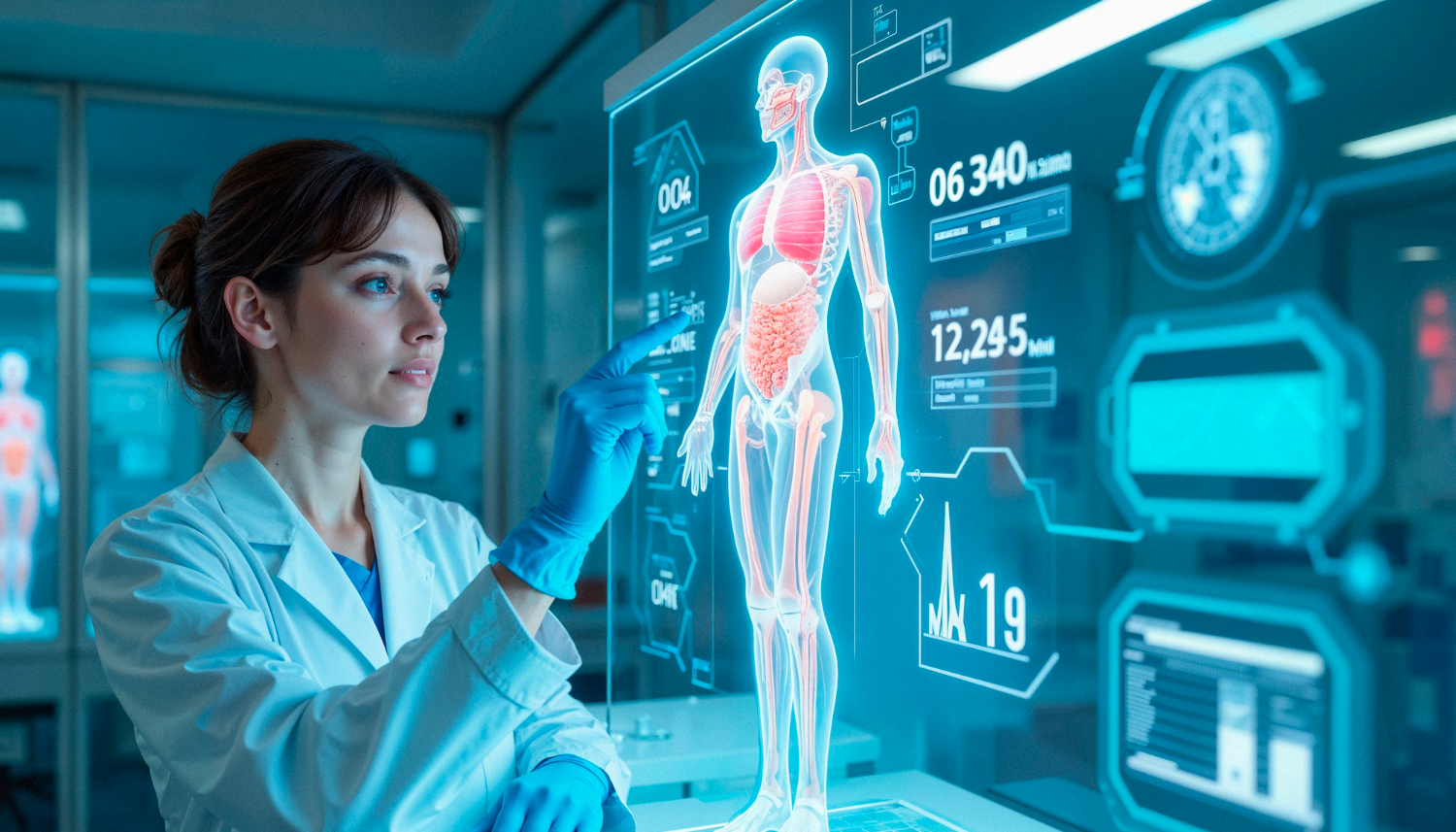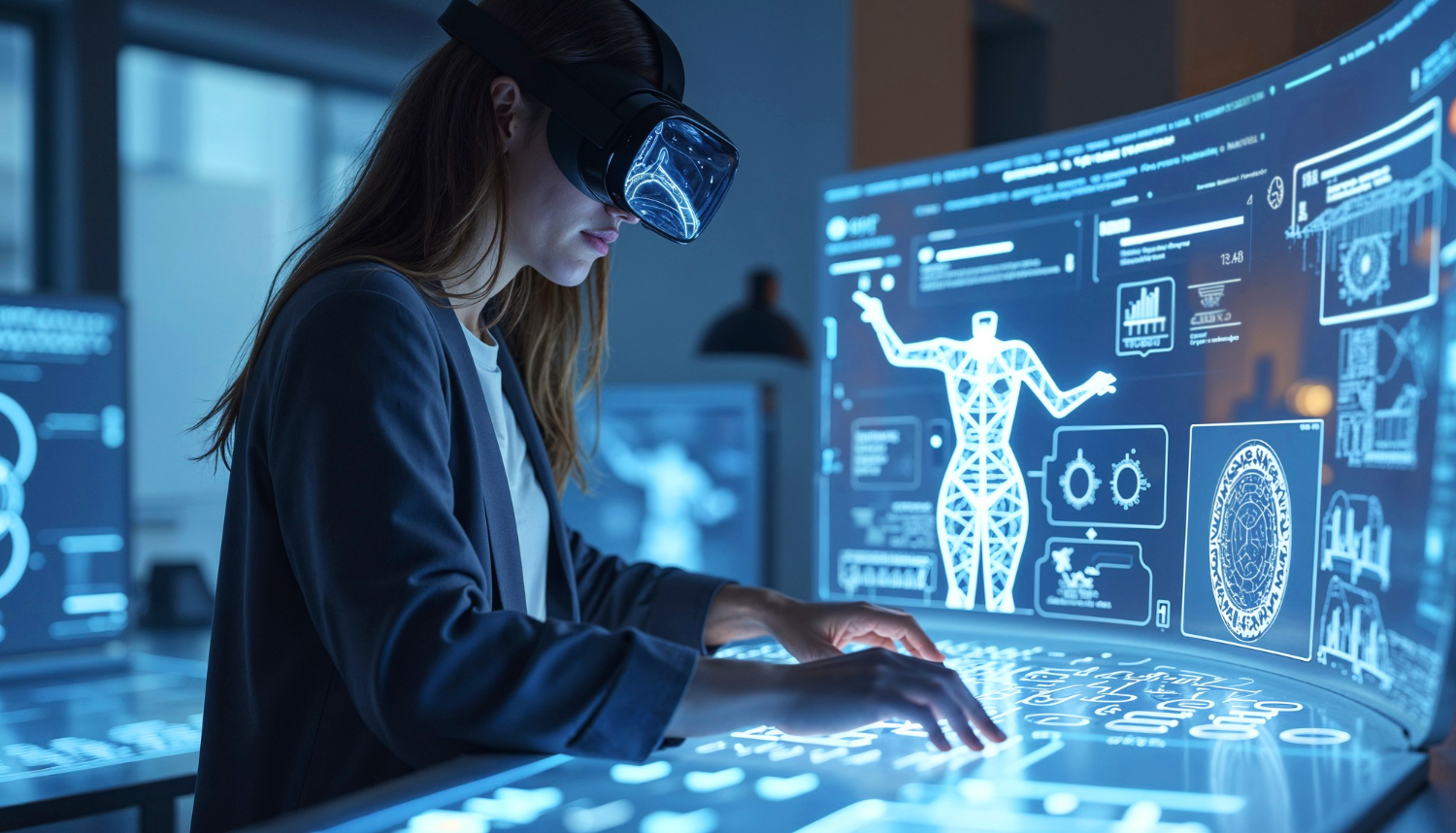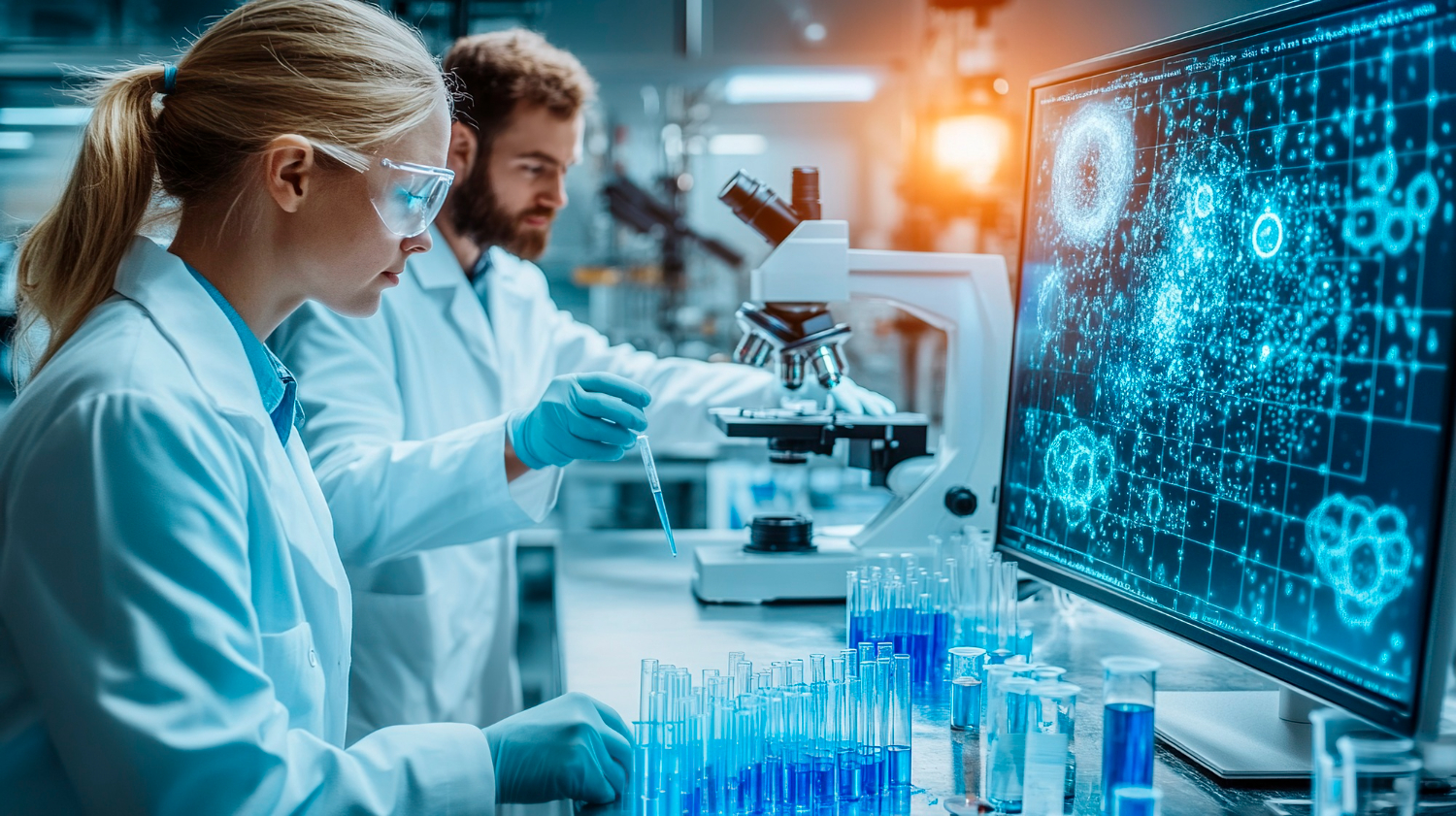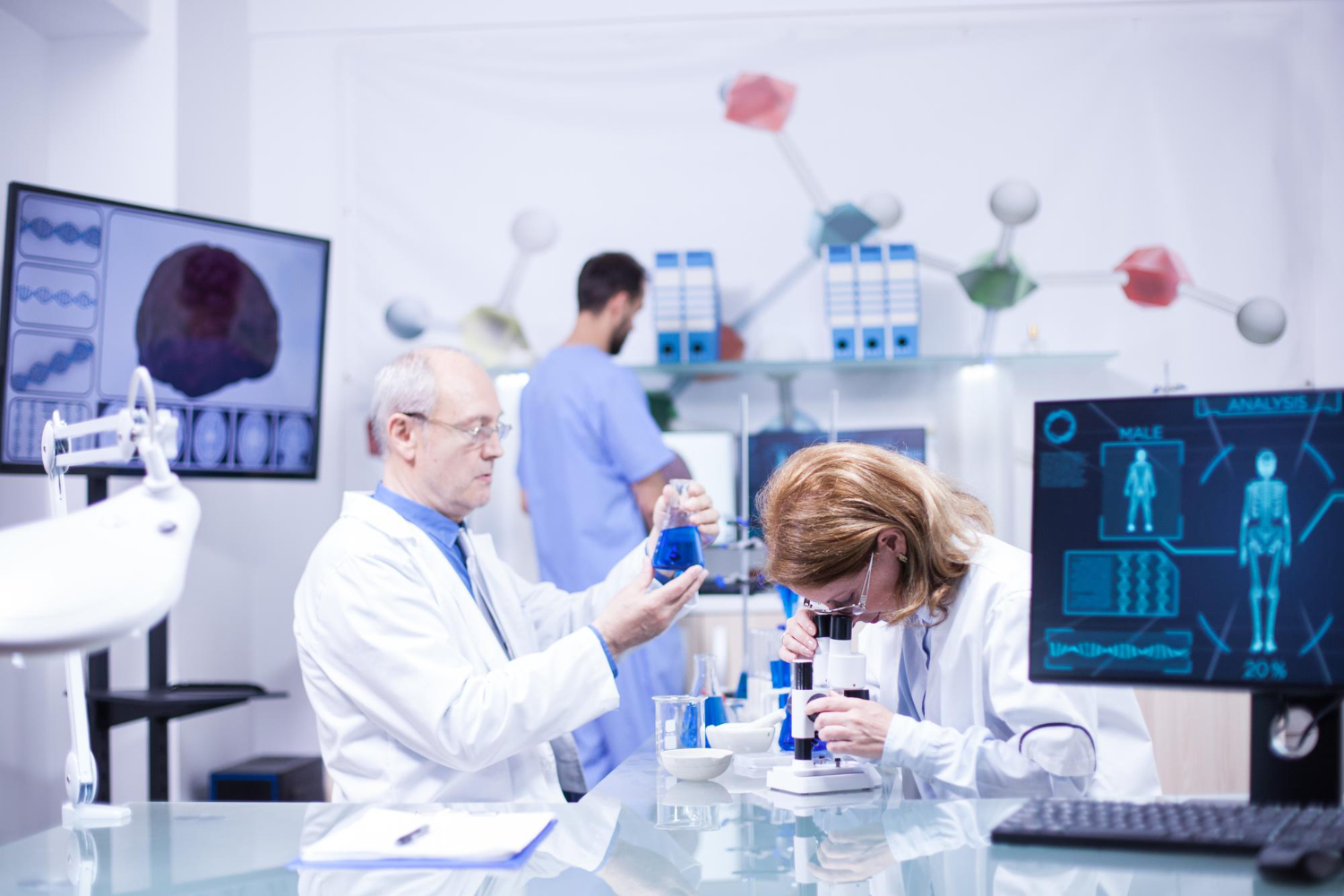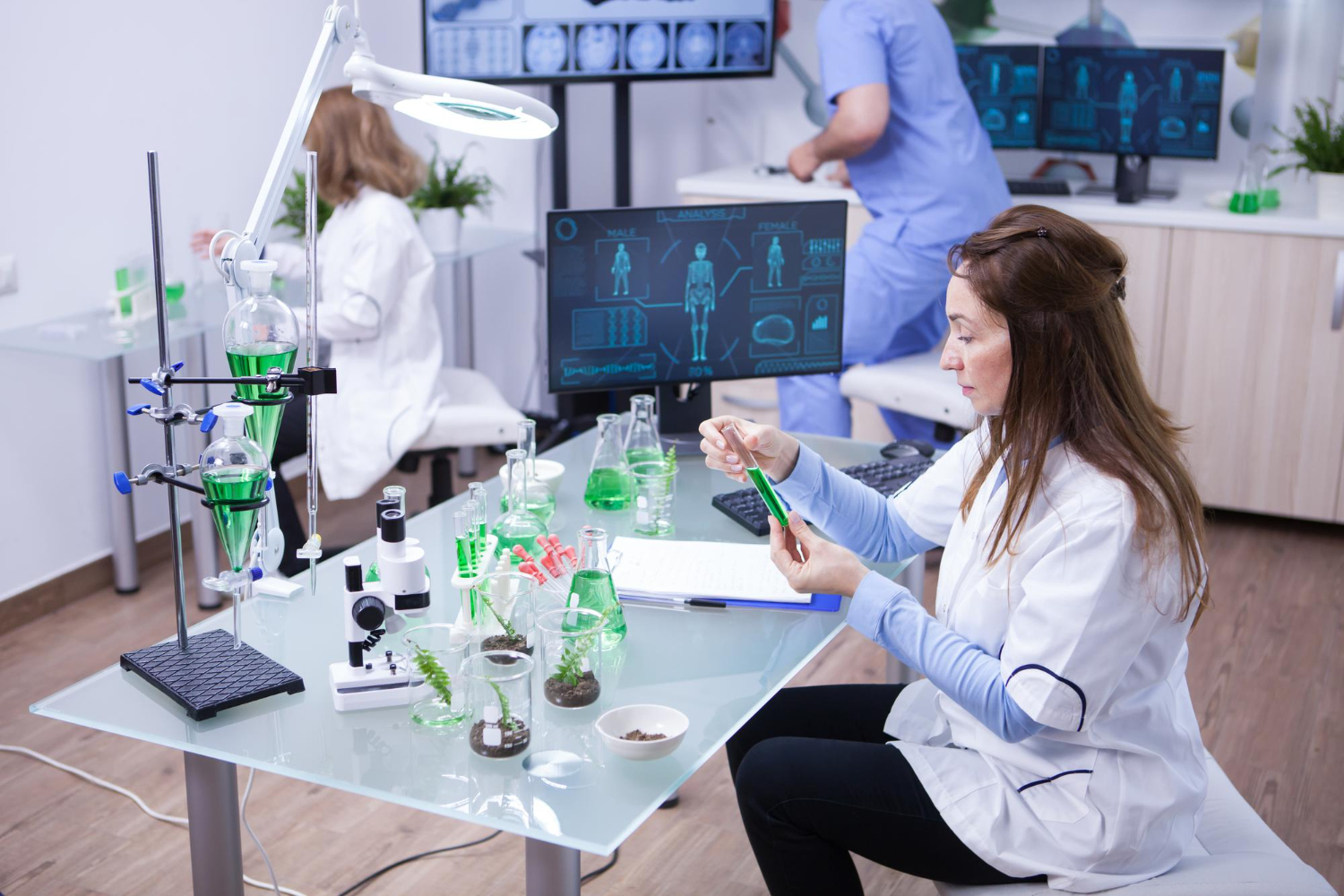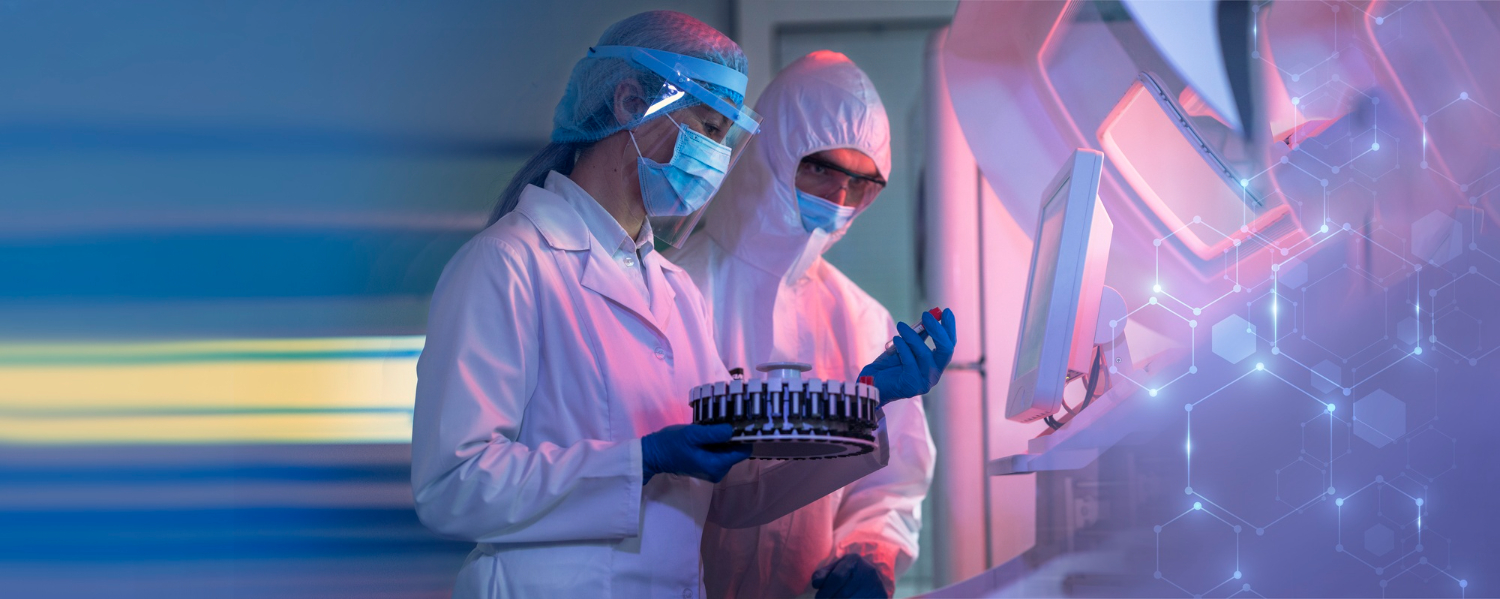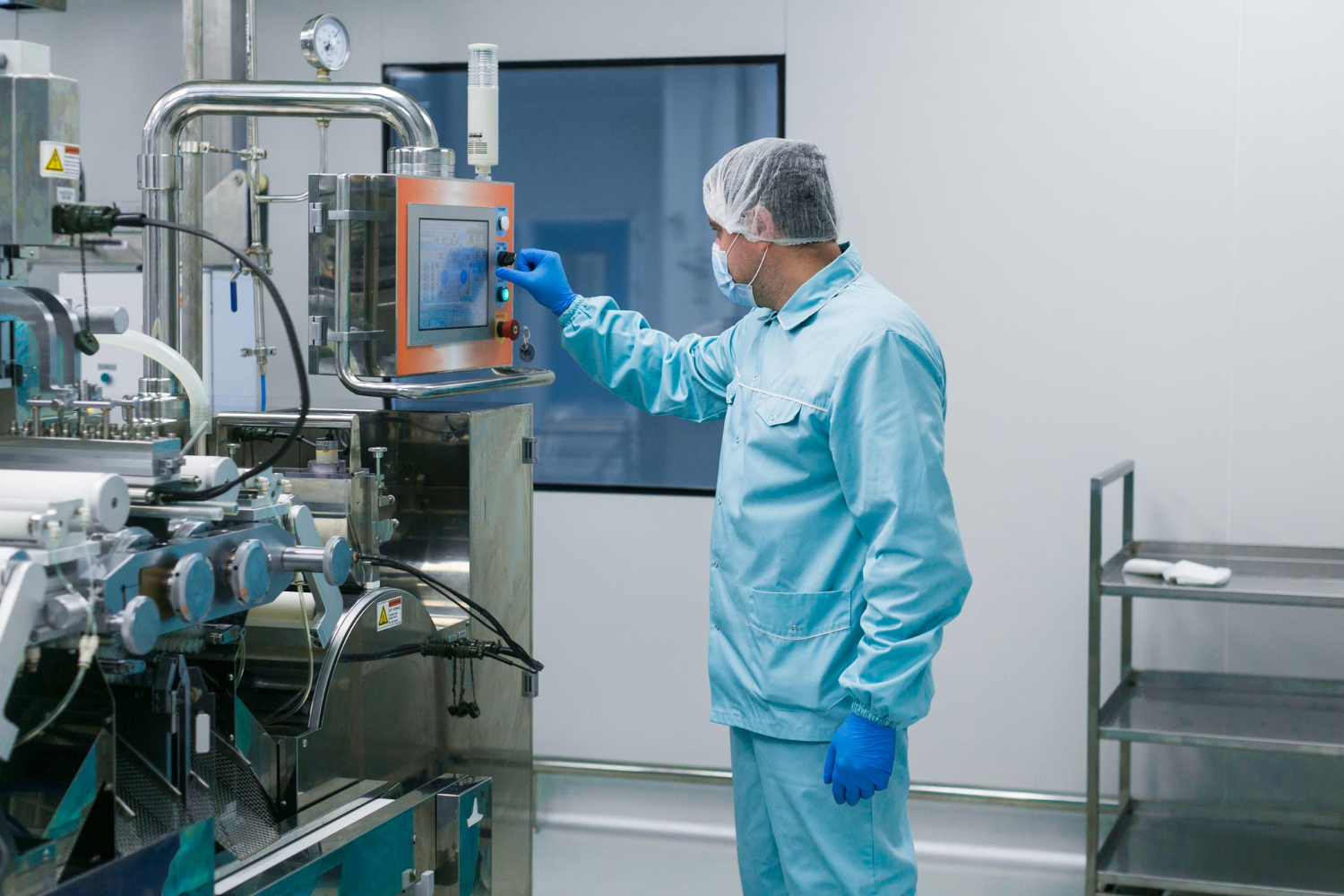Introduction: AI’s Role in the Food Industry
The food industry is a multibillion-dollar industry that we mainly perceive by interacting with restaurants, grocery stores, or our household kitchen when preparing a meal. Believe it or not, this is just a droplet in the ocean. As the population rises, food demand is estimated to increase from 59 to 98% by 2050 (Elferink and Schierhorn, 2016).
Keep reading to discover more about different aspects of food manufacturing, how preparing food can be much simpler and more efficient with the use of AI, and how AI tools can be applied in restaurants and farms to monitor the entire chain of production, minimise the costs, and skyrocket the profit!

The Household
When discussing food and meal preparation, there are two basic methods to choose from: prepare food on our own – daily or in bulk – or buy ready-made meals from stores. In both cases, a certain type of plan is needed, as the same thoughts pass through our minds: ‘What do I feel like eating today?”, “Do I have a recipe for that?”, “Where do they sell the ingredients I need”? This means that we need to go through our ingredients to see which we have and which we lack and either go to the store, or place an order and have them delivered to us. The absolute goods galore that we live in makes things easier. We can go to our nearest corner store and pick up some last-minute ingredients any time, which, by the way, need to stay fresh, because who likes additives anyway? This means that they must be properly processed and enclosed in packages, and reach the hands of the buyer as fast as possible from the time they are harvested. ‘But wait, isn’t that expensive?” I hear you say and to that, I come to answer “It sure is! That’s why the optimisation of the cycle of food is so important!” Fortunately, modern technology is here to help us!
AI is much more than your Google Assistant or the text generator you use as a helper for your homework. What I am talking about is the smart integration of GPU-accelerated algorithms, Computer Vision (CV) and Generative AI solutions in the palm of your hand. We have seen fridges that become transparent with a knock to see what’s inside so that you don’t need to open them and waste energy. What would happen, though, if your fridge and cupboards could constantly monitor your stash by capturing photos periodically, and suggest what meals you can prepare for the day or even the week? What’s more, how great would it be if the order for your missing ingredients could be placed automatically while considering discounts and deals in different stores in your area? And wouldn’t it be awesome if your cupboards and fridge could monitor or predict the shelf life of a product without you checking by using the photos they have already captured, or give you suggestions on optimally storing the goods you just got? How about receiving notifications on your phone or tablet when a product is about to expire based on the date indicated on the packaging?

Taking things even further, everyone has experienced a case where they have some leftover ingredients that are not enough for a full recipe. AI food recipes give the solution by generating a recipe for you, provided that you give information on just the available ingredients. Even if you do not 100% agree with the generated recipe, AI food recommendations are guaranteed to amaze you. The possibilities are endless, and AI food recipe generators are only limited by the amount of ingredients you have. Now you have your recipe but are too busy to spend even 10 minutes on it. AI has the solution to that: AI food makers. Recalling how convection ovens were when they were first released, it is only stunning how they have evolved. You can not only select what kind of food you want them to prepare for you, but you can also select what kind of roasting you want, you can set the internal temperature, more crust, less crust, you name it! Wouldn’t it be amazing to have that in all your kitchen appliances? As a concept, an AI food maker would only require you to place all the ingredients in the right place inside the appliance and choose the result you are looking for, or simply just the meal. The appliance would then measure, boil, roast, sear and stir until the meal was prepared. At the same time, you would be chilling reading your favourite book. Ah, convenience!

The Household, Upscaled
You for sure have had some ingredients delivered to your front porch at least once, just to make a meal. Easy and convenient right? Have you considered that the same applies for businesses, but upscaled? Most businesses, especially larger-scale ones, use Warehouse Management Software (WMS). Such software gives them instant information on the goods availability, and bulk and retail prices, and usually, they work in collaboration with the invoicing software. We mentioned CV for household food applications, but wouldn’t it be amazing if businesses could run using a similar approach? It is and has already been put to use because AI and food go together like bread and butter!
Let us imagine a very big food store, where rows after rows of shelves reaching 2 meters high lie, full of goods, ready to be picked by an exquisite buyer like yourself. Such stores can run out of stock easily throughout the day if not resupplied often, especially in more central districts. Suppliers can utilise CV to optimize retail sales by tracking how many goods are on each shelf. Apart from that, the personnel’s performance can be boosted. GPU-accelerated neural networks can make predictions about the time when the shelves will need restocking. This way the employees can be prepared in time and foresee how many goods they need to place on the aisles.
Talking about supermarkets, they also need to be supplied from somewhere, right? They definitely do, and what happens behind the curtains of food supply factories is on a whole other level! Massive conveyors move around all kinds of goods: from rice grains that are being sorted to potatoes that are being washed during transfer. CV is powerful in this field as well. Through proper training, a CV model can identify which rice grains are good and which aren’t, or which potatoes have similar sizes so that they can be packed together, and, in the case of multiple varieties, even tell which of them are good for one application but not as good for another (i.e. boiling vs frying vs roasting).
The goods would then be packed and placed in boxes for labelling, with the labels placed according to the contents of each box, automatically read by the WMS. The vehicle that would transfer them would have its licence plate automatically read, and a face identification programme would register the driver that was responsible for the transfer.

Grabbing a Bite
Surely you have tried fast food at least once in your life. Even though fast food is not healthy, this is exactly why it is so addictive. And if you are a person of habit, for sure there is something on the menu of your favourite fast-food store that has become your regular thing. Imagine how much easier things would be if you could just pass from the drive-through and have it made for you in an instant without even needing to speak, only by identifying your face. Now that’s fast food!
Continuing with restaurants, everyone knows that a good restaurant equals good quality food. The factors that mostly affect food quality are the ingredients themselves and the sanitisation of the space. Assuming that the ingredients are the finest around, they would be worth nothing if prepped incorrectly. Unfortunately, chefs only have one pair of eyes and two hands, so total control over the kitchen brigade is almost impossible. Things get even harder when the same restaurant opens branches in different parts of the city or even the country.
Concerning prepping, the all-mighty CV could also be of help here. The model could be trained to identify between ingredients that are correctly cut, mixed, or sauteed. It could also estimate possible errors in ingredient handling, such as non-properly cut vegetables or differentiating between a medium well and medium rare steak according to the meat type and cut, limiting food waste, a big enemy of every kitchen. Another model could monitor and give valuable information on how often the kitchen counters are cleaned or if the hygiene protocols are generally kept so that there is always control over the sanitisation process. Not only is this essential for food safety, but it could also save thousands of dollars for a restaurant from possible fines in case of violation. Of course, there is no bigger enemy for a restaurant than an unhappy visitor. People don’t pay just to eat; they pay for a great experience, and part of the experience is the food arriving at the table warm and just at the right moment. Through CV, this can also be achieved. Using models trained to read human behaviour and body language, in combination with the rate at which food is consumed, no customer will be left unsatisfied!
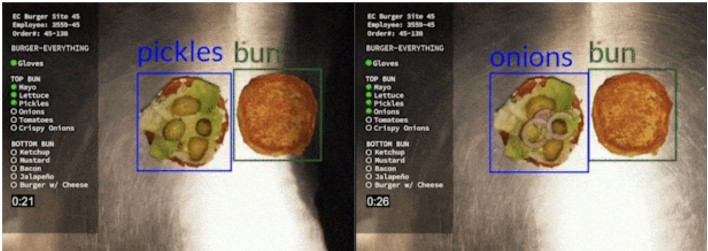
The Farm
The last scenario would be the often-neglected farming industry. Industries like farming and agriculture do not conjure visions of cutting-edge technology. It might seem odd, but food production is highly dependent on AI, especially as food demand increases along with the global population and rising living standards. For example, growing crops in mass quantities is financially risky. AI can determine economic trends, commodity prices, supply chain management, and minimum yield requirements so that farmers know how and what to invest to get the best return. Equally important is seasonal forecasting. Precision agriculture can use AI to create models that look months ahead to predict weather patterns and inform farm management of ideal crop varieties, planting times, and locations.
In addition, edge computing technologies can be especially helpful in agriculture. Farms are usually in remote areas with no high-speed internet connection, low bandwidth or inappropriate resources to handle the massive amount of data produced. Localised AI infrastructure can analyse massive amounts of data to derive the most business value. With AI-enabled big data analysis, farmers can make informed business decisions for their farm, such as the most feasible and profitable crops for a specific year or which hybrid seeds reduce waste. Moreover, they can keep track of their annual production to keep the perfect balance of offer and demand in the food industry, preventing overcultivation and reducing costs. Last, image recognition paired with drone technology can enable farmers to monitor every crop for pests, diseases, dead soil, and weeds, including automation of pest control processes from pesticide route planning to spray times to pest prediction and weed removal. You name it!
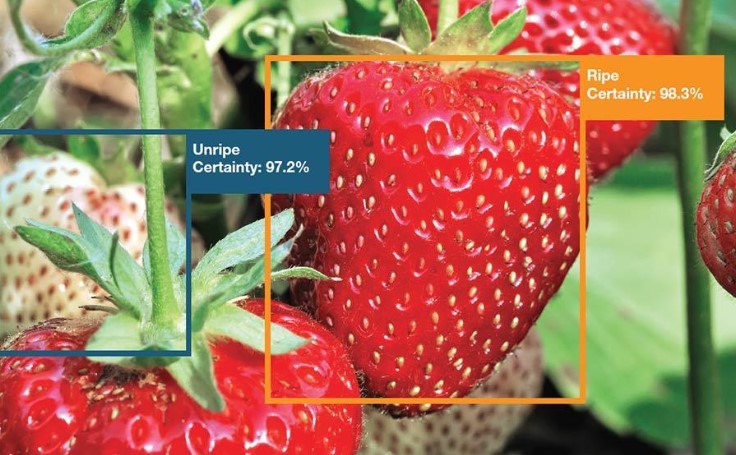
Yeah but…
There always needs to be a “but” and in our case there are three:
Cost of Implementation
AI solutions can do wonders and outperform the antagonism, but they are expensive. To run AI algorithms efficiently, specialised hardware can handle the high volume of data and computations involved. This hardware is generally more expensive than standard computer hardware, as is the cost of setting up and running an AI system.
Lack of Resources
The most significant problem of AI technology is the lack of resources. AI needs a lot of computing power to operate properly and give the results it can give to its fullest, especially for GPU-accelerated algorithms, such as CV, especially when it needs to perform mathematical operations on large amounts of data in real time. What’s worse is that AI demands an ever-increasing number of GPUs to work efficiently, which in turn need to become more and more powerful. As you have probably figured out, we are in a loophole. We need to give solutions to more tasks, so this demands more processing power because we need to free our hands so that there is more time to solve even more tasks, then again, then again.
Privacy Issues
The success of most AI models is based on the availability of data and resources to train them. The problem is not really finding data, but, since these data are generated from millions of users worldwide, therefore open-source – there are high chances that these data can fall in the wrong hands. There are many cases where essential information leaks, money has been lost, or people have become exposed. It all comes to this question: Train my data slower, in privacy, ensuring that there is no leakage, or train them asap while risking that information is lost?
Summing Up
AI is a field of informatics that can be a significant ally for everyone, from automating breakfast, lunch, and dinner, to assisting in running industries worth billions. By providing enough training information and having the necessary resources, there is no task AI cannot do. It is just a matter of time.
What we Offer
At TechnoLynx, we specialise in delivering custom, innovative tech solutions tailored to any challenge because we understand the benefits of integrating AI into household or professional environments. Our expertise covers enhancing AI capabilities, ensuring safety in human-machine interactions, managing and analysing extensive data sets, and addressing ethical considerations.
We offer precise software solutions, designed to empower AI-driven algorithms in various industries. Our commitment to innovation drives us to adapt to the ever-evolving AI landscape. We provide cutting-edge solutions that increase efficiency, accuracy, and productivity. Feel free to contact us. We will be more than happy to answer any questions!
List of references
BBC News (2021) ‘The robot chefs that can cook your Christmas dinner’, 20 December. Available at BBC (Accessed: 28 December 2023).
EDITOR, H.H., CONTRIBUTING (no date) Innovations in Machine Vision Bolster Food Inspection. Available at Photonics (Accessed: 6 January 2024).
Editorial, P. (2023) Computer Vision-Enabled Restaurants: The Recipe for Super-Sized Innovation, Plainsight. Available at Plain Sight. (Accessed: 28 December 2023).
ElectraFix - Appliance Repair in Vancouver (no date). Electra Fix BC. (Accessed: 18 January 2024).
Elferink, M. and Schierhorn, F. (2016) ‘Global Demand for Food Is Rising. Can We Meet It?’, Harvard Business Review, 7 April. Available at HBR (Accessed: 27 December 2023).
Optimising Retail with Computer Vision (no date). Available at Augmented Startups (Accessed: 6 January 2024).

